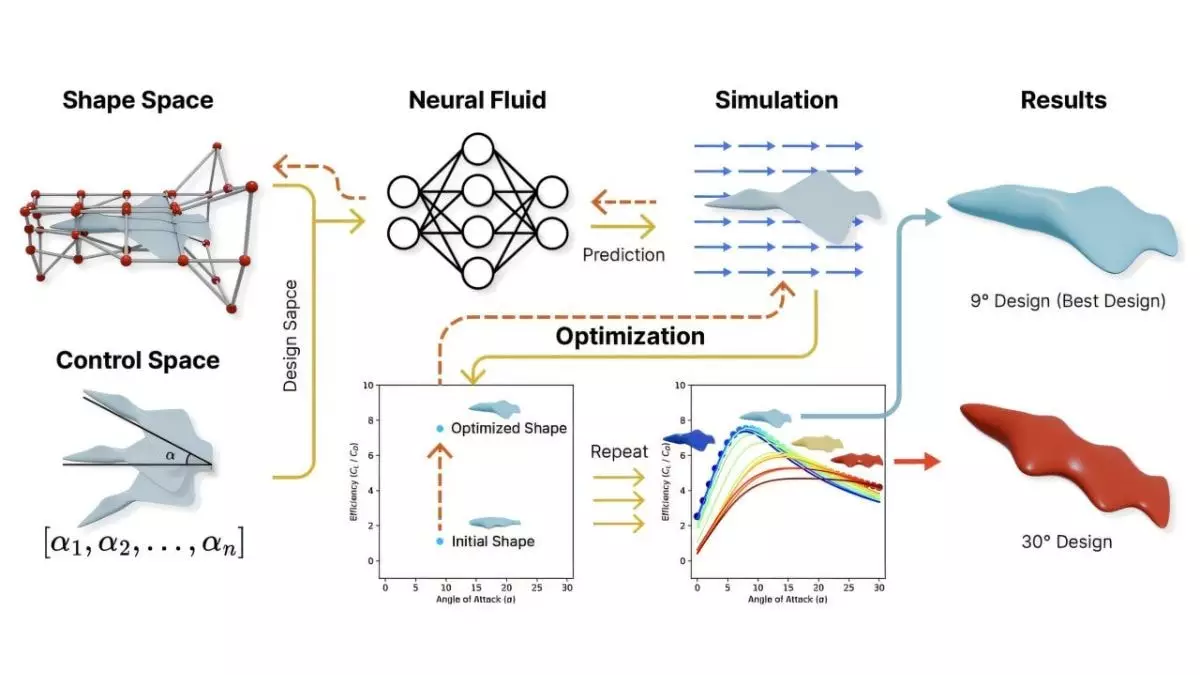In recent years, the allure of mimicking nature’s mastery has driven marine engineering toward remarkable innovations. The idea of using marine animals—such as fish and seals—as blueprints for designing underwater vehicles holds undeniable appeal. It promises energy-efficient solutions that could revolutionize ocean exploration, making it more sustainable and extensive. Researchers from MIT and the University of Wisconsin-Madison are pioneering such efforts by employing artificial intelligence to develop novel underwater gliders that emulate the effortless glide of sea creatures. Although these advancements seem poised to expand human understanding of the ocean, it’s crucial to scrutinize whether this approach genuinely offers the transformative potential it claims or simply skirts over more complex underlying issues.
The Limitations of Artificial Intelligence in Design
AI-driven design, while innovative, is not infallible. The assumption that machine learning can generate “perfect” shapes that outperform traditional designs like sharks or submarines oversimplifies real-world conditions. AI algorithms, trained primarily on digital simulations, often overlook the nuanced interactions with unpredictable marine environments. The notion of reducing design time and cost—while appealing—raises concern about whether these virtual prototypes translate into durable, reliable hardware capable of enduring the harsh conditions of the deep sea. There’s also a risk that overdependence on AI may lead to an opaque development process, where the intricacies of design choices are hidden behind complex algorithms, making it difficult for experts to identify potential flaws or limitations until costly failures occur.
The Myth of Energy Efficiency and Practicality
The core selling point of these bioinspired gliders is their purported ability to travel farther using less energy. While promising in controlled tests, this claim often ignores the realities of real-world ocean currents, biological debris, and extreme pressure variations. Moreover, the pursuit of sleek, aerodynamically optimized shapes does not account for operational versatility. These gliders, while efficient in theory, may struggle with maneuverability or robustness when deployed in dynamic, cluttered ocean environments. It is naive to believe that a few AI-crafted modifications can revolutionize deep-sea exploration without addressing the broader ecological and logistical challenges that continue to hinder sustained research.
The Broader Implications and Risks of Over-Hype
While progress is essential in advancing our exploration of uncharted waters, the narrative surrounding these innovations often borders on exaggerated optimism. Framing AI-designed bioinspired vehicles as the “future” risks diverting attention from necessary investments in infrastructure, long-term data collection, and multi-disciplinary collaboration. There’s a danger that policymakers and funders might prioritize flashy technological solutions over systemic research, creating a false sense of victory while neglecting the complexities of ocean ecosystems and climate change.
Moreover, this obsession with efficiency and technological minimalism might lead to neglecting the importance of community engagement, ethical considerations, and the socio-political context of marine research. If we allow ourselves to become enamored with slim, AI-crafted gliders as emblematic of progress, we risk overlooking the broader governance issues, the importance of inclusivity, and the need for transparent research practices that serve the common good rather than just technological novelty. Only a balanced approach—skeptical but optimistic—can ensure that such innovations truly contribute to sustainable and responsible ocean stewardship.

